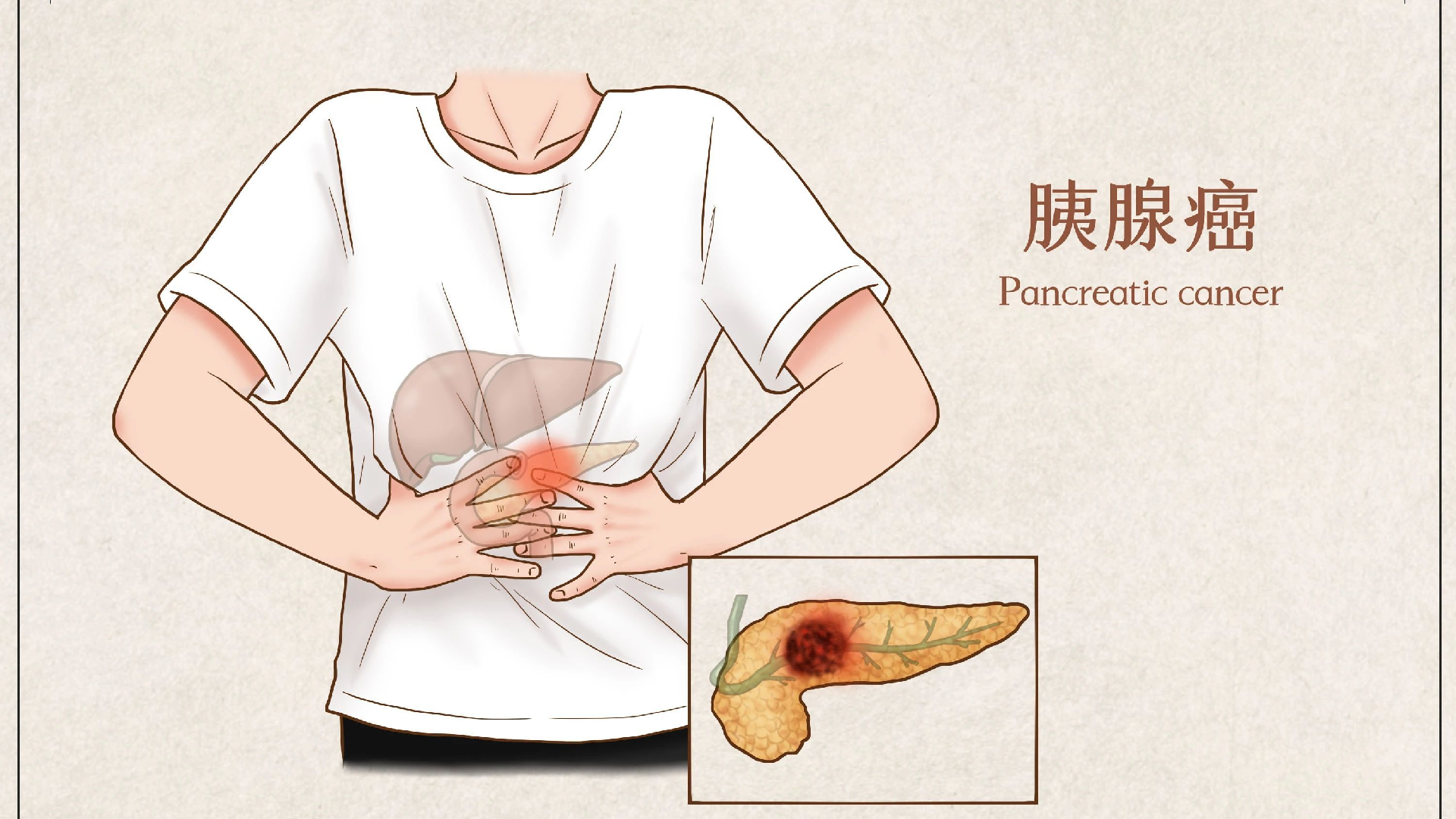New Approach Found to Reduce Pain in Pancreatic Cancer Patients
Article highlighting a non-invasive approach to alleviate pain in patients suffering from pancreatic cancer

Pancreatic cancer is known for its intense pain, due to the pancreas's proximity to the celiac plexus, a major nerve cluster, and the tendency of pancreatic tumors to press on or invade this nerve bundle.
Traditional treatments for this pain typically involve drugs that can have severe side effects, or in more stubborn cases, the injection of anesthetics directly into the celiac plexus.
The innovative non-invasive treatment uses a one-time irradiation of X-rays directed at the celiac plexus instead of the tumor. This method was tested across eight hospitals in the United States, Canada, Poland, Portugal, and Israel, in a study led by Israel's Sheba Medical Center and published in the Lancet Oncology.
Out of 90 pancreatic cancer patients, 48 individuals, or 53 percent, reported a significant reduction in pain and an improvement in their quality of life.
Additionally, the side effects experienced by participants were minimal and not severe, mainly consisting of fatigue and mild nausea on the day of treatment.
With an average five-year survival rate of less than 10 percent for those diagnosed with pancreatic cancer, it remains one of the deadliest forms of cancer.
Approximately 80 percent of pancreatic cancer cases are identified at an advanced, inoperable stage.
Researchers have indicated that this new method could potentially be applied to patients with other types of cancer as well.
Ian Smith contributed to this report for TROIB News
Discover more Science and Technology news updates in TROIB Sci-Tech












